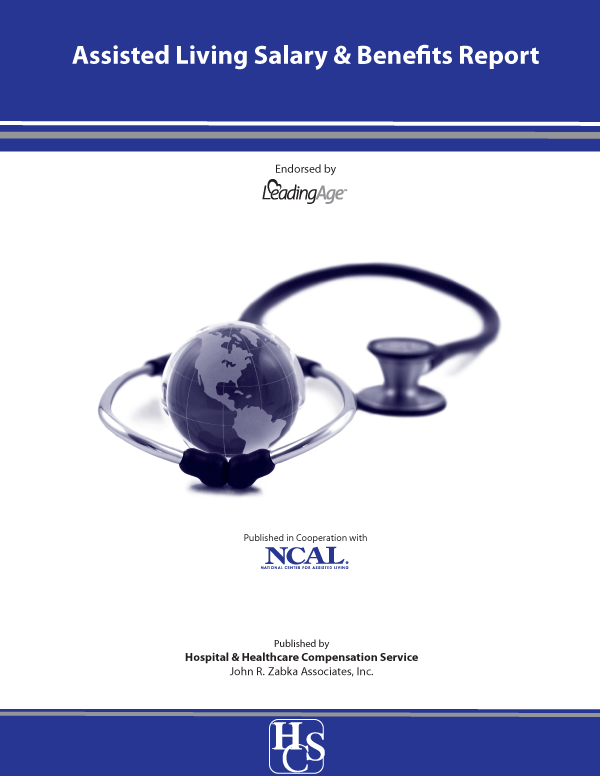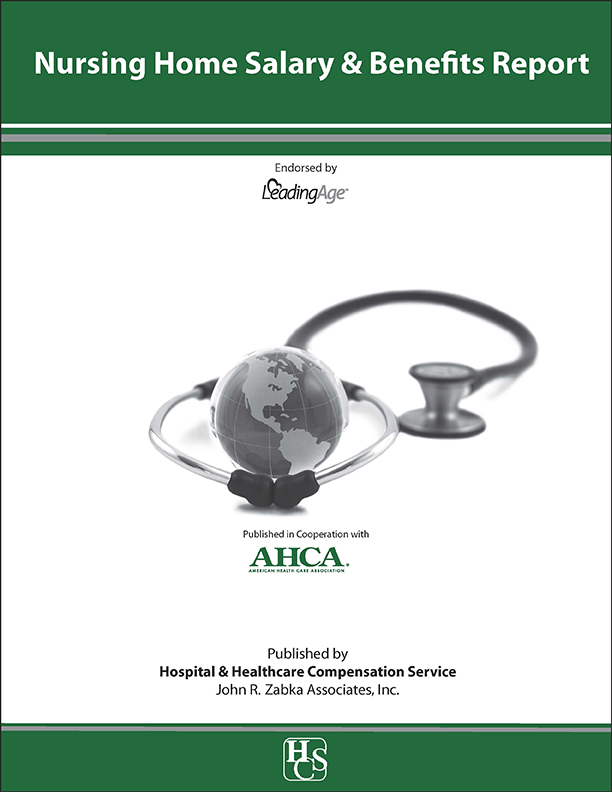The pandemic revealed the vital necessity of skilled nursing facility and assisted living care workers, yet owners, operators, clinicians, and administrators still struggle to hire and retain staff.
The intense pressure of the industry has caused worker burnout and a high rotation rate, leaving employers scrambling to scale their hiring needs. But with the current U.S. unemployment rate at 3.4 percent, the reality is we're not short of people. We're short of staff. So, where are they and how can we meet the needs of today's job candidates?
Walk in Your Candidate's Shoes
Put yourself in the mind of your job candidate. What are their wants, needs, and top concerns?
As inflation skyrockets and a recession looms, most have salary and job security as their top-of-mind concern. They're looking for a job that offers growth and security to counterbalance an unstable economy. If you position your jobs to accommodate these top concerns, you'll attract top talent and end circular hiring processes.
Pay Higher Wages
The pandemic highlighted the financial challenges faced by care takers, who have historically received a much smaller salary in comparison to workers in hospitals or government health care spaces. While the field has seen a disparity in pay, it's also experiencing a shortage in long term care workers due to peak outbreaks, quarantining, and the growing elderly population. And with high need comes high demand.
To attract long term care workers at scale, you must fill the wage gap. Your applicants have security and inflation at top of mind; thus, higher wages are far more attractive than promised bonuses or benefits right now. Data from a Talroo Healthcare Report stated that 62 percent of health care job seekers said that higher pay would increase their likelihood of accepting an offer, while 53 percent said that flexibility was their top deciding factor.
In the same study, 80 percent of job seekers were more likely to apply for a job with a transparent salary range. With workers fearing mass layoffs in an uncertain financial landscape, posting salary range puts their mind at ease. To stay competitive, offer at- or above-market wages and be upfront with your salary offerings.
The Cost of Vacancy vs. the Cost to Hire
When short-staffed and under stress, hiring can come at a high price. To better understand return on investment when hiring and determining salary, compare these three metrics:
1. Cost of vacancy
While it varies by industry, the cost of vacancy can be estimated by dividing company revenue per employee by number of annual workdays. This gives you the average revenue produced by an employee daily.
Just note that it's difficult to measure the negative impact open roles have on productivity. It adds to burnout by disintegrating team morale, which makes it even harder to tie a monetary value to these metrics.
2. Cost of a bad hire
The U.S. Department of Labor puts the cost of a bad hire at up to 30 percent of the employee's first year wages. These factors include lost productivity and damage to your reputation as a quality care provider.
3. Cost to hire
According to the Brandon Hall Group, the average cost to hire an essential worker is $340, and for organizations with 1,000 employees or less, the cost is $670. For the approximately
28,900 assisted living communities alone in the U.S., there are nearly 1 million licensed beds, with the average size of an assisted living community being 33 licensed beds. Therefore, it costs the majority of these organizations $670 to hire one new worker.
Recession-Proof Your Recruitment
When looking for the right workers, you need to attract a very specific type of employee. They need to have the ability to take on physical tasks as well as exhibit high levels of emotional intelligence to deal with loss and nurturing patients. But they also need to exhibit soft skills such as bedside manner, patience, and the ability to console through grief. In order to attract these specific personalities with strong relational skillsets, you need to look at recruiting through a data lens.
Much like caretaking, recruitment is a relationship-oriented science. Dig into the metrics to take a quantitative approach that extrapolates your hiring costs and the return of quality hires when budget pressure is applied in a recession.
In many cases, data helps the search process. Start by looking at where you have had success in attracting workers. Not only will you find those who already exist in the field, but you will also attract new people into your workforce. Plus, these talent analytics help identify where your ideal candidates are to properly target your advertisements for open positions.
After determining who to target, focus on leveraging key words for ideal candidates to fill your open positions. Ultimately, job titles are what turn heads and spark intrigue, landing that initial click for candidates to read your description. Once you have their attention, then you can help lead nurturing and capable candidates through the doors.
Invest in Your Candidate's Future
If you want great hires, don't simply set candidates' sights on the “now," but instill a vision for their future. Staff training is a powerful retention tool in health care fields. For positions that don't require certifications, offer in-house training or sponsor higher education. By positioning your care center as a place of learning, you'll ease burnout while filling the skills gap. If you can offer the ability to move vertically and linearly, your culture will instill hope—reminding staff why they dedicated their lives to caretaking in the first place.
Encourage Self-Care
According to research done at John Hopkins University, during the periods of high COVID-19 deaths, researchers found a paralleled statistic of lowered caretaker employment.
This is due to a myriad of factors: emergency demand and availability, risked exposure while tending to patients, increased protection protocols, and the reality of end-of-life care taking a toll on mental health. Long term care workers witnessed a massive loss of life while still needing to tend to their families. Unfortunately, this type of work carries an emotional weight home.
For this reason, workers in these facilities are prone to disregard their own self-care for work priorities. The lack of staff may also lead to long hours. This can have a damaging effect not only with burnout, but the trajectory of their career.
Encouraging your staff to implement self-care boundaries helps ensure their emotional, physical, and mental health needs are being met. It's important to highlight this prime difference in your workplace culture—showing prospective job applicants that your workplace prioritizes wellness. Because a job intended to care for others means caring for themselves in return.
Thad Price is CEO of Austin-based Talroo.
Learn More:

